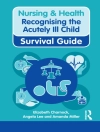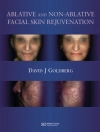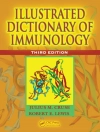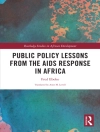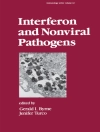The thymus is a gland that over the last two centuries has generated great awareness not only from the anatomical perspective but also for the physiological and pat- logical roles it plays in many disease processes. Prior to the early studies on its th anatomy and physiology in the 18 century, the thymus was believed to perform – usual and curious functions such as purification of the nervous system, providing a protective cushion for the vasculature of the superior mediastinum, fetal nouri- ment, or more spiritual roles such as being the seat of the soul, among others. D- th ing the 19 century important anatomical/physiological studies took place focusing on the role of the thymus in pathological conditions. However, it was not until the th middle of the 19 century that a more comprehensive analysis of the role of the thymic gland and its role in pathogenesis began to emerge. Currently, while the knowledge gained on the diverse aspects of the thymic gland has furthered our understanding of its role in a gamut of processes, more knowledge is still being sought, and by no means is a full understanding of the gland’s physi- ogy and pathology complete. Different aspects, including its purported endocrine function, its association with other autoimmune diseases like multiple sclerosis, rheumatoid arthritis, and lupus erythematosus, among others, are under evaluation and research.
Inhoudsopgave
The Thymus from Antiquity to the Present Day: the History of a Mysterious Gland.- Embryology and Anatomy of the Thymus Gland.- Physiology and Immunology of the Thymus Gland.- Congenital Pathology of the Thymus.- Hyperplastic and Inflammatory Pathology of the Thymus.- Benign and Malignant Tumors.- Clinical Features of Thymus Pathology.- Thymus and Myasthenia Gravis. Pathophysiological and Clinical Features.- Radiologic Diagnosis: X-ray, CT and MRI.- PET Features.- Minimally Invasive and Surgical Diagnosis.- Surgical Anatomy of the Thymus Gland.- Anesthesiological Problems in Thymus Gland Surgery.- Conventional Techniques: Cervicotomy.- Conventional Techniques: Median Sternotomy.- Conventional Techniques: Transthoracic Approach.- Open Videoassisted Techniques: Transcervical Approach.- Open Videoassisted Techniques: Subxiphoid Approach with Bilateral Thoracoscopy.- Open Videoassisted Techniques: Transcervical-Subxiphoid-Videothoracoscopic Maximal Thymectomy.- Open Videoassisted Techniques: Thoracoscopic Extended Thymectomy with Bilateral Approach and Anterior Chest Wall Lifting.- Totally Endoscopic Techniques: Left-Sided Thoracoscopic Thymectomy.- Totally Endoscopic Techniques: Right-Sided Thoracoscopic Thymectomy.- Robotic Techniques.- Complex Surgical Interventions in Superior Vena Cava Syndrome.- Reinterventions for Thymoma Recurrences.- Chemotherapy in Thymic Neoplasms.- Radiotherapy in Thymic Neoplasms.- Complementary Treatments in Thymic Neoplasms: Steroids and Octreotide.- Thymus-related Myasthenia Gravis. Multimodal Therapy and Follow-up.- Thymus Transplantation.


